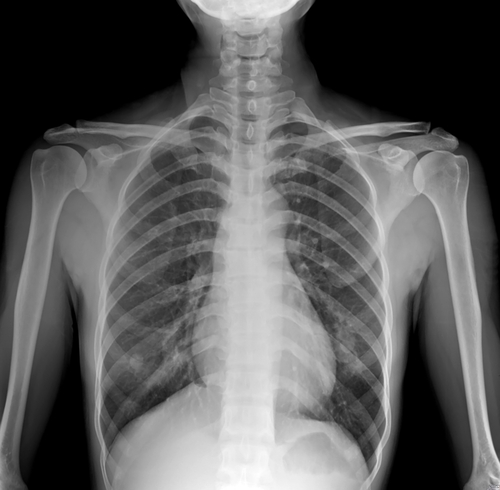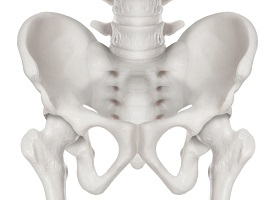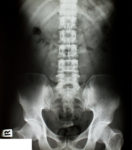The spine is a set of 33 vertebrae and is connected to the brain (the other component of the CNS). There are 3 main functions of the spine: Movement and Flexibility – Since the spine is made up of 33 vertebrae, the spine can flex in every direction. This allows humans to do simple tasks […]
Anatomy of the Spine
The human spine consists of 33 vertebrae divided into five regions:
- Cervical: 7 vertebrae in the neck region.
- Thoracic: 12 vertebrae in the upper back, each articulating with a pair of ribs.
- Lumbar: 5 lower back vertebrae bearing much of the body’s weight.
- Sacral: 5 fused vertebrae forming the back part of the pelvis.
- Coccygeal: 4 fused vertebrae, commonly known as the tailbone.
Between each vertebra lies an intervertebral disc, acting as a cushion to absorb shock and allow flexibility. The spinal cord runs through the central canal of the vertebrae, transmitting neural signals between the brain and the rest of the body.
For a detailed overview, refer to The Anatomy of the Spine.
Common Spinal Injuries and Conditions
Spinal Injuries
Spinal injuries can result from trauma such as falls, car accidents, or sports injuries. Damage to the spinal cord can lead to life-altering consequences, including paralysis. Immediate and appropriate first aid is crucial to prevent further harm.
Learn more about managing spinal injuries at Spinal Injury.
Pelvic Injuries
The pelvis supports the spine and houses vital organs. Injuries to this area, often caused by significant trauma, can affect spinal stability and function.
Details on pelvic injuries are available at Pelvic Injuries.
First Aid Response for Spinal Injuries
When suspecting a spinal injury, it’s imperative to minimise movement to prevent further damage. Follow these steps:
- Ensure Safety: Confirm the scene is safe for both the rescuer and the injured person.
- Instruct the Person to Remain Still: Advise them to avoid any movement, especially of the head and neck.
- Stabilise the Head and Neck: Gently support the head in a neutral position, preventing any rotation or bending.
- Call Emergency Services: Dial emergency services immediately for professional assistance.
- Monitor Vital Signs: Regularly check for responsiveness and breathing.
If vomiting occurs or you need to leave the person to get help, and no help is available, carefully place them into the spinal recovery position to maintain an open airway while keeping the spine aligned.
For guidance on the spinal recovery position, visit Recovery Position.
Use of Cervical Collars
Cervical collars are devices used to immobilise the neck in cases of suspected cervical spine injuries. Proper sizing and application are vital to ensure effectiveness and prevent further harm. Only trained personnel should apply cervical collars.
More information on cervical collars can be found at Cervical Collars.
Further Resources
Expand your knowledge on spinal health and first aid:
For comprehensive first aid training, enrol in our First Aid at Work Annual Refresher (VTQ) course.



